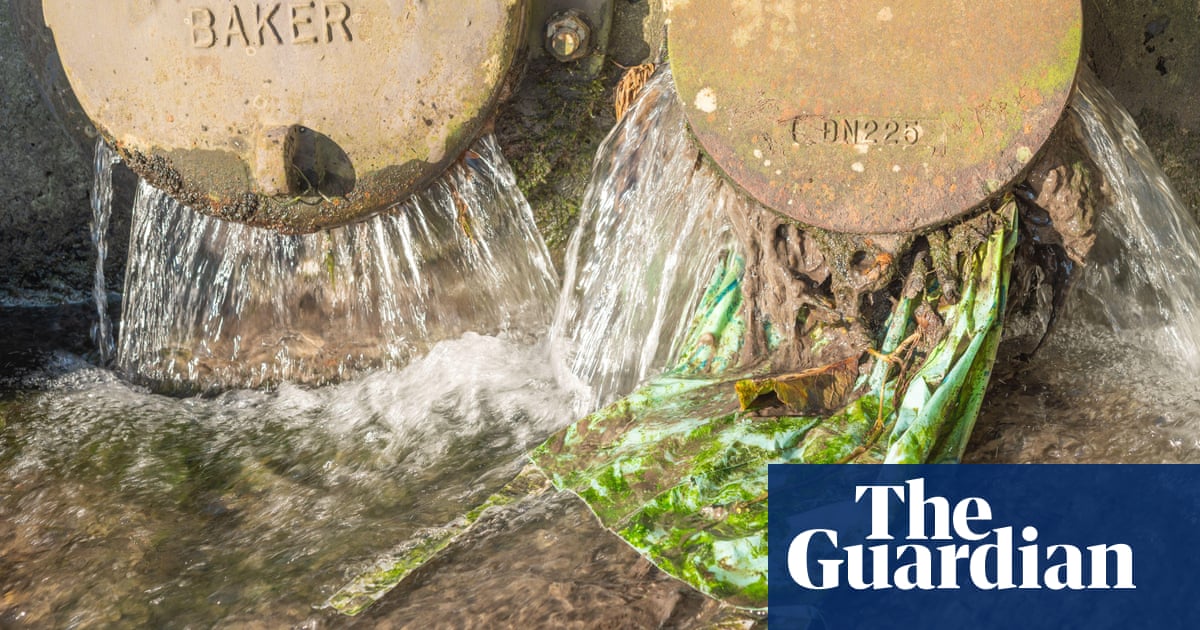
What is sewage fungus?
It is slimy, murky brown, smells bad, and fills river enthusiasts and anglers with gloom.
But it is probably useful to know that sewage fungus, so called because of its fungal-shaped mass of filaments, is not fungus at all, but is primarily made up of several species of bacteria, most commonly Sphaerotilus natans, Beggiatoa alba, Carchesium polypinum, and Flexibacter species. By the time you see its characteristic slimy, floating fronds, it will contain some fungi and algae, too, and it always spells bad news for the river in which it is spotted and for any unfortunate wildlife living there.
Where do you find it and where does it come from?
Sewage fungus flourishes in waterways polluted with high levels of nutrients and organic matter.
Sewage discharges are a common source of this kind of pollution, but these microorganisms can also be carried into waterways from animal slurry and even from effluent from paper mills. Last month, a Devon farmer was fined £6,000 for polluting a stream with slurry, with thick sewage fungus visible for more than a mile downstream, the Environment Agency reported. A study by Oxford University found that sewage pollution, whether treated or untreated, was the primary reason for increased sewage fungus in rivers.
Is it dangerous?
Sewage fungus can reduce oxygen levels in water, suffocating aquatic life. So it can, for example, smother fish eggs and prevent them from hatching. In severe cases, a river may not be able to support invertebrates as a result. Mass fish deaths have taken place in watercourses plagued by the fungus, which can then affect the whole food web. Even when sewage fungus is removed it can have a long-term effect on river health and it can take time for life in the river to recover.
Does it pose a significant danger to human health? Dr Anne Jungblut, a microbiome expert from the Natural History Museum, says it is a mould, and so could contain human pathogens. “It’s the level of danger of the junk in the kitchen plughole, which wouldn’t be good to eat. If there’s a lot of it in the river you wouldn’t want to swim there, as it’s an indicator there’s likely to be sewage, which could have E coli in it and that is dangerous,” he said.
Some of the UK’s most prized landscapes are blighted with sewage fungus. It has taken hold in Lake Windermere and has been spotted on the picturesque River Wye, as well as on a public footpath in Surrey after sewage overflowed from a Thames Water treatment works.
Is it getting worse?
The more sewage releases there are, the greater the probability of an increasing growth of sewage fungus. In 2022, 389,165 sewage spills were reported in the UK, discharging for a staggering 2.4m hours.
“It is very hard to tell if the situation is getting worse, as there is so little research in this area,” says Dr Michelle Jackson, whose study for the University of Oxford found that sewage pollution was worse than agricultural runoff for rivers. “Although water companies have to report outbreaks downstream of treatment works, they only use a simple visual inspection.”
A citizen science survey project by the Rivers Trust reported 322 instances of sewage fungus in rivers across the UK and Ireland, which represents 9% of the surveys taken. The Environment Agency says river health has been improving since the Industrial Revolution, but that is a low bar and new and emerging pollutants are replacing those from older industries. Add to that increased pressure on the wastewater system from a growing population, underinvestment in outdated infrastructure, and stresses from climate breakdown, and it is clear that changes need to be made if rivers and the wildlife they support are to be restored to health.
How can sewage fungus be tackled?
Outbreaks will increase unless water quality improves. To better monitor sewage fungus, Oxford University has developed an AI model to detect where the bacteria are growing, even before they become visible. The method uses imaging techniques and machine learning to identify sewage particles and sewage fungus in water samples. The researchers say this could act as an early detection system for spotting harmful outbreaks, acting as “a canary in the coalmine” to limit pollution buildup and halt species decline.
Dr Dania Albini, a co-author of the research, wants to see improvements to wastewater plants, along with more regulations. “These efforts are crucial in safeguarding the integrity and safety of our rivers – fundamental elements of both ecosystems and human wellbeing,” she said when the report was published late last year.
But until there is action to target the sewage discharge problem, people may have to get used to the sight of the insidious fungus and its slimy fronds in the UK’s waterways.












